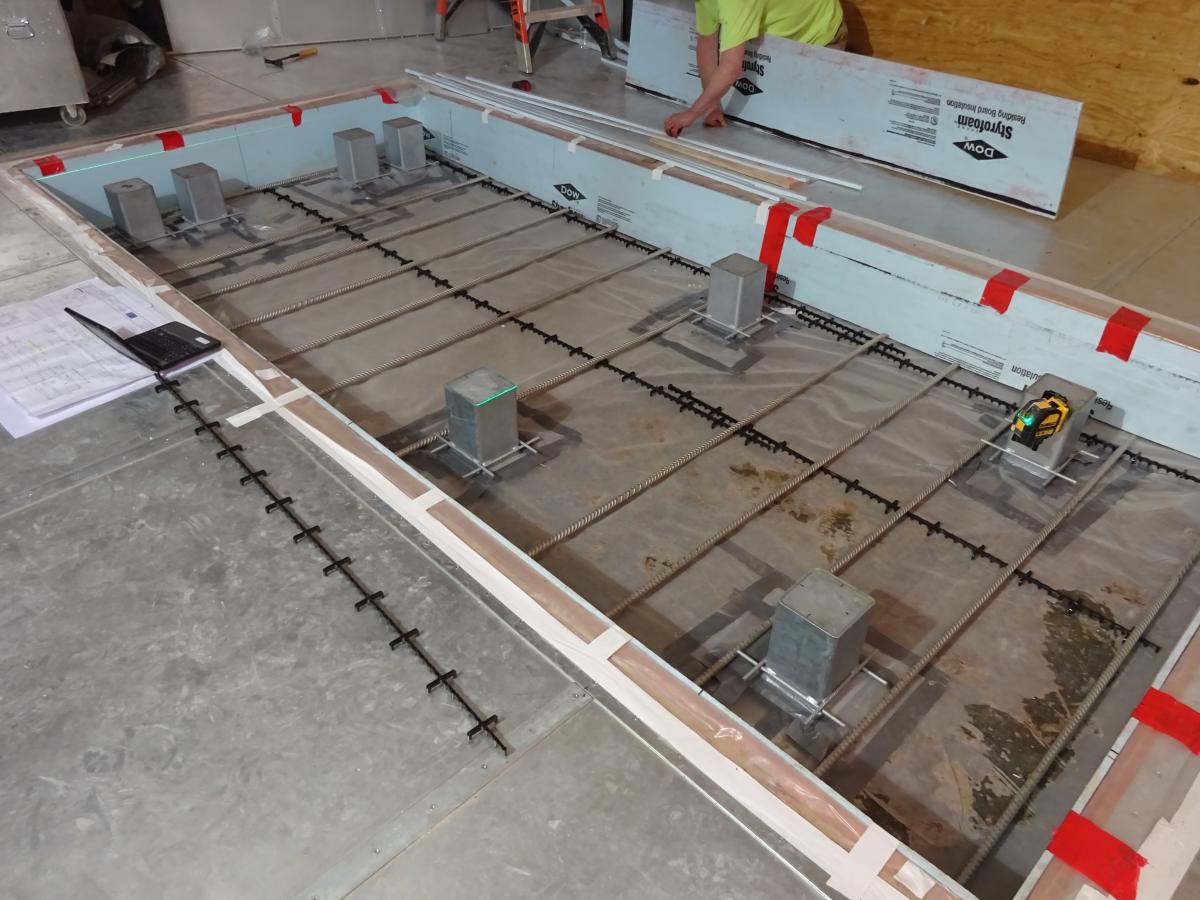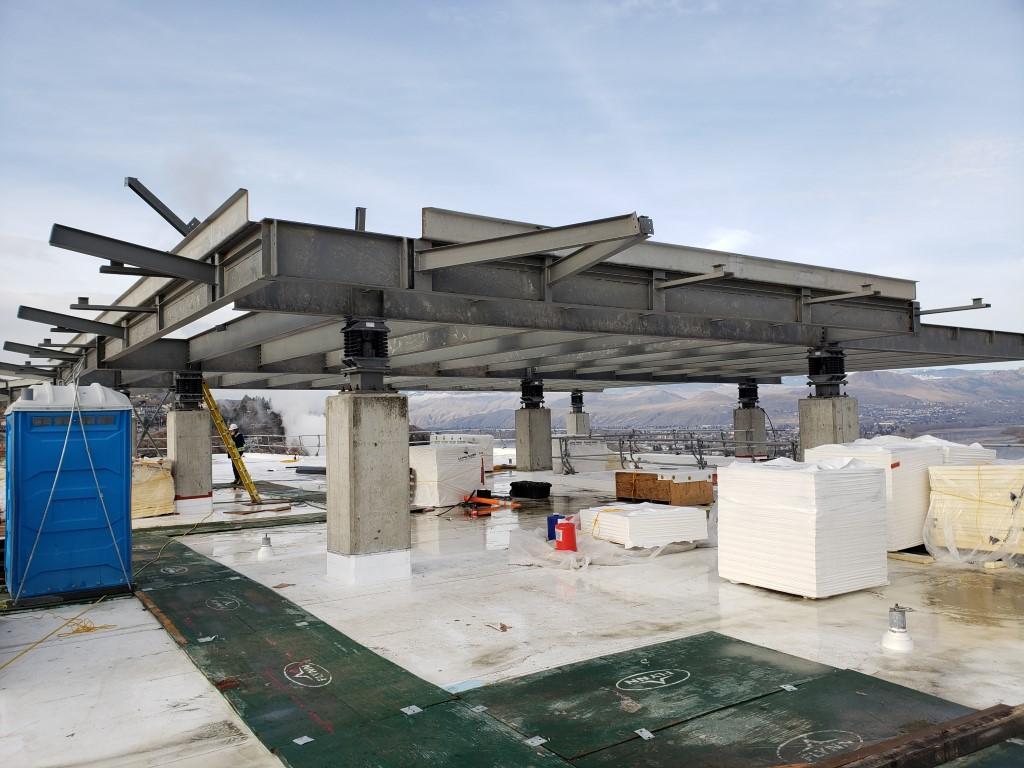Main page content
Entity view (Content)
Importance of Noise & Vibration Isolation in Healthcare Facilities

Entity view (Content)
Healthcare facilities operate at the intersection of medical science and patient care, demanding a serene and distraction-free environment. However, external sources of noise and vibration, such as nearby railways, subways, or bustling roadways, can disrupt this tranquillity affecting not only the well-being of patients but also compromising the precision of medical equipment and the focus of healthcare professionals. Apart from a good design from an experienced acoustic consultant, the success of these projects is also very much dependent on having the right partner during execution.
Below we provide a few examples where a vibration isolation strategy may be needed in a healthcare facility:
Adopting a Building Base Isolation strategy to protect both people and medical equipment
Hospitals are often planned in the proximity of noise and vibration sources such as railways, subways or busy roads ; therefore the adoption of a building base isolation strategy might be a requirement of the design process.
The Catalonian hospital group Clínica Girona has recently inaugurated their newest hospital building in Girona (Spain) and is a living example of this type of strategy.
With 41,000 square meters, this state-of-the-art facility is home to numerous diagnostic centers, surgical suites, a rehabilitation center, an oncology wing, and a host of other medical amenities. It stands as Catalonia's most expansive and comprehensive medical institution.
The hospital's proximity to nearby railway tracks and subway lines posed substantial acoustic challenges. To combat these challenges and ensure the well-being of patients, staff, and the integrity of critical medical equipment, the project design team identified and successfully integrated in their design building base isolation solutions.
Following numerous multi-disciplined discussions CDM Stravitec and the design team decided to opt for pre-compressed Stravibase SpringBox bearings on top of the load-bearing columns throughout the hospital's framework. Over 600 bearings were strategically positioned to isolate the building structure, thereby acoustically decoupling the substructure from the superstructure of the hospital. This strategic implementation successfully prevented noise and vibration from creating acoustical problems inside the hospital and protected the sensitive medical equipment, ultimately enhancing the quality of care provided to patients.
Protecting specific rooms: in the specific case of sensitive equipment
Even the slightest vibrations can affect critical medical equipment, such as MRI/CT scanners and surgical tools, which often require low vibration environments to ensure correct functionality.
The design and implementation of effective vibration control measures in such cases should be an integral part of the design process to guarantee the right environment for optimum functionality of equipment in order to deliver precise results.
In the case of the Penn Presbyterian Medical Center in Philadelphia the design team decided to decouple the MRI machine from its surroundings using a high performance floating floor solution, Stravifloor Jackup-R, to reduce vibration transmission from adjacent road traffic.

Other sources of vibration: helipads
Helicopters taking off and landing represent a significant source of both noise and vibration that directly impacts the structure of the helipad and consequently the structure of the hospital itself. When conflict between uses occur – i.e. between rooftop helipads and spaces below, it becomes necessary to isolate the helipad from the building structure to prevent the propagation of these vibrations, thereby averting the creation of indoor noise disturbances.
The design team for the Royal Inland Hospital in British Columbia (Canada), faced this issue and in order to mitigate the vibrations generated by the helicopters during landing and takeoff a pre-compressed Stravibase SpringBox system was introduced on top of the nine supporting columns of the helipads. The system was designed for a high performance and included the addition of failsafe and shear keys into the solution.
